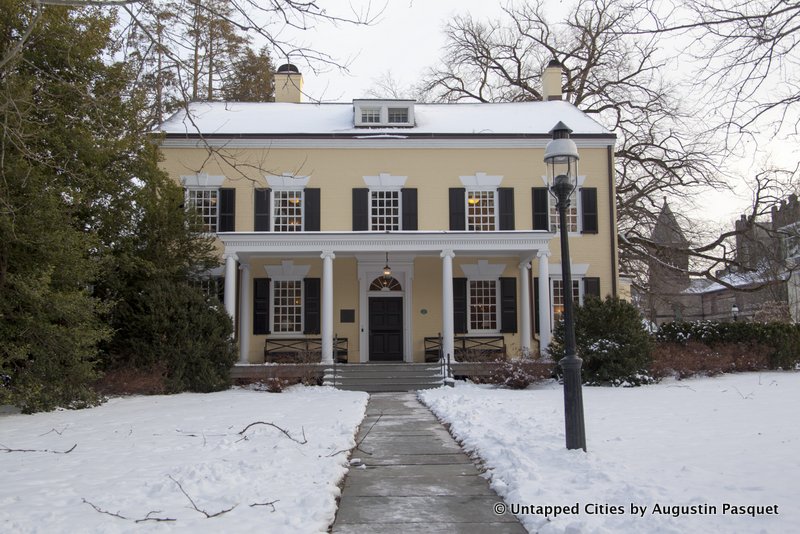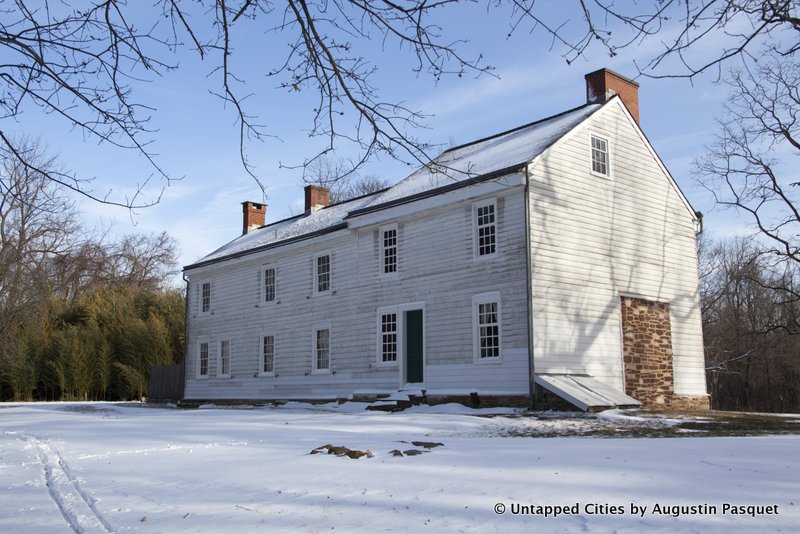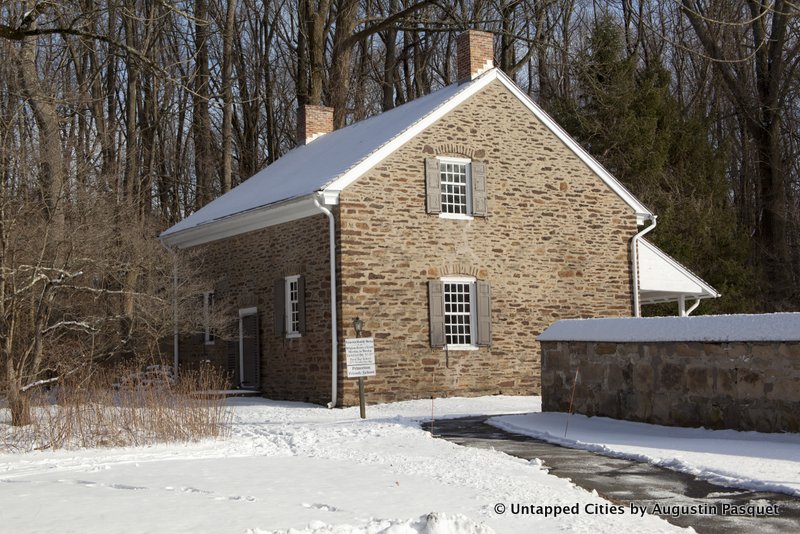
“Princeton often changes people’s perceptions of New Jersey,” says Roger Williams, Secretary of the Princeton Battlefield Society as he whisks us towards a whirlwind day of historical adventure in the city. Indeed, the amount of history swirling around in the picture perfect locale is worth a day trip, and certainly more akin to a charming New England escape or Southern antebellum town than the industrial landscape so oft-associated with New Jersey.
Princeton, named after English Prince William III, was settled along the province line between what were once the two parts of New Jersey: East Jersey and West Jersey, located halfway between the respective capitals of Perth Amboy and Burlington. “Being equidistant, Princeton was a perfect spot for colonial legislators from East Jersey and West Jersey to meet so they started this tavern [culture] in Princeton and that’s why Princeton happened. It was sort of a frontier town of West Jersey,” says Williams. Later, it was also perfectly situated between Philadelphia and New York City, explains Mimi Omiecinski, owner of the Princeton Tour Company
From Revolutionary War history (with appearances by Alexander Hamilton and Aaron Burr), to the haunts of Albert Einstein, F. Scott Fitzgerald and African-American Broadway star Paul Robeson, here are ten historical sites to see on a visit to Princeton:
1. Princeton Battlefield
 The Thomas Clarke House
The Thomas Clarke House
The initial prompt for our day trip was to see the Princeton Battlefield, George Washington’s first personal victory over British forces and the culmination of the Ten Crucial Days Campaign during the Revolutionary War between December 25, 1776 and January 3, 1777 which began with Washington’s crossing of the Delaware River. An important portion of the land on which the battle was fought, locally known as Maxwell’s Field, was named by the National Trust for Historic Preservation as one of the seven Preservation Wins of 2016 for the successful preservation of 15 acres of the site, following a decade of uncertainty in the face of development by the Institute of Advanced Study, which planned to build faculty housing. The compromise agreement, negotiated by the Civil War Trust, allows the Institute to build on 7 acres, while keeping the battlefield’s primary area and open views. Efforts have already begun to return the battlefield to a level of foliage and tree cover that is more similar to the windswept field it would have been in 1776. For “Hamilton“ fans, Alexander Hamilton was an artillery captain, commanding a battery that was instrumental in the final phase of the Battle of Princeton.
While visiting the battlefield, don’t miss the Thomas Clarke House where Brigadier General Hugh Mercer, a Scotsman, died following injuries at the Battle of Princeton. Mercer “probably would have been very well known in American history had he lived,” says John, the resource specialist at the Princeton Battlefield State Park. Mercer County, one example of many, is named in honor of the general. Today, the Clarke House functions as a museum with its original 1755 portion showcased as a colonial farmhouse and an 1840s extension is used for exhibits.
 Quaker Friends Meeting House
Quaker Friends Meeting House
Another site on the battlefield is the Quaker Friends Meeting House, where wounded soldiers were taken during the battle. The adjoining Quaker Cemetery is where Richard Stockton, one of the signers of the Declaration of Independence is buried. The Meeting House is still used by the Friends every Sunday and contains original wood floors and wooden benches.





